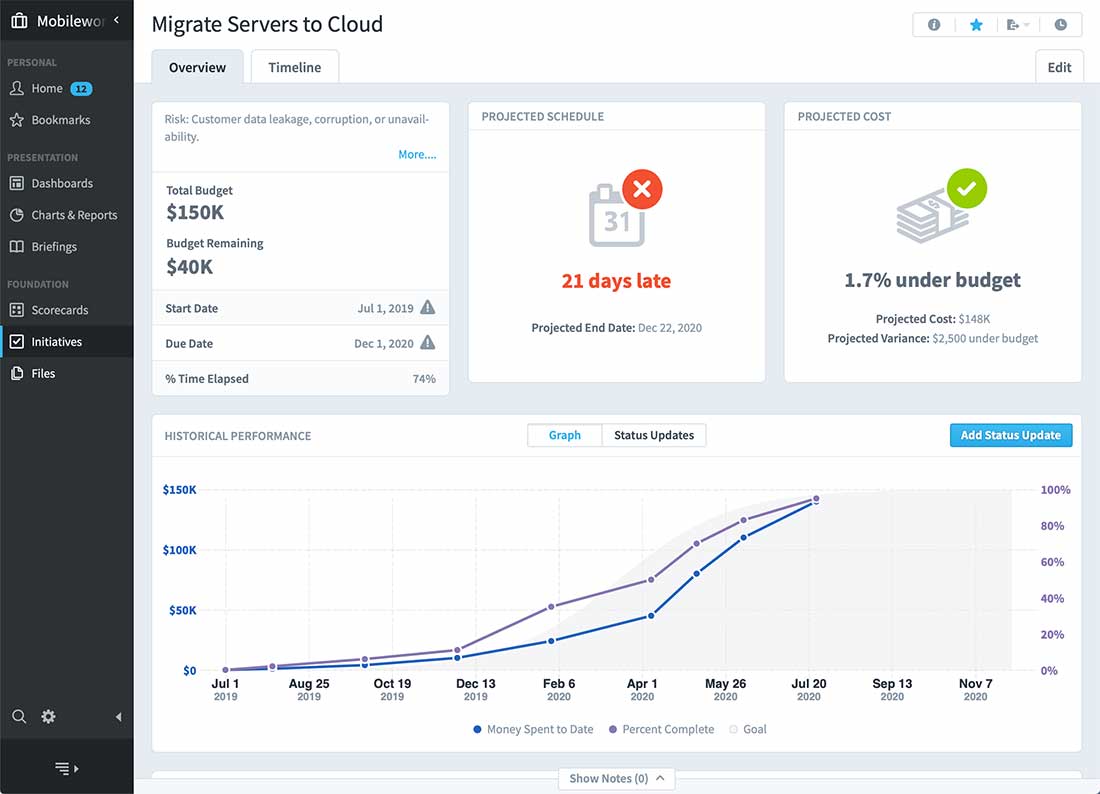A New Necessity: Data-Driven Transparency in Policing

Across the United States, equity and accountability in policing has become a prime focus of local governments and municipalities, as well as their citizens. As a result, many Sheriff and Police Departments (as well as local government agencies) are searching for new ways to improve their relationships with the communities they serve, while using insightful data to inform the process. These efforts are meant to help law enforcement agencies become more data-driven while improving transparency and demonstrating accountable police policies to grow public trust and improve relationships with the communities they serve.
What do we mean by becoming data-driven?
In a data-driven organization, data is prioritized over intuition, anecdotes, and rank—there exists only one version of the truth, and it is found within the data. People are curious and willing to challenge their own assumptions with data—and they’re open to being challenged by others. As data-driven practices become habits, people start to associate data with improvement, success, and growth. When this mindset is shared by everyone, it creates open discussion, where ideas lead to exploration and innovation. The bottom line is that being data-driven removes inherent biases and hunches, and allows for an organization's most critical decisions to be made based on actionable insight and factual information.
What do we mean by improving transparency?
The more a local government can provide in the way of transparency, the more it increases trust, honesty, and integrity in the government leaders. Code enforcement rules and requirements, board meeting minutes, council meeting minutes, financial documents, budgets, and annual reports should all be easily accessible by the public. But there’s more to transparency. These days, communities are interested in the inner workings and budgets of law enforcement agencies. They want to know and understand how and why decisions are made and initiatives put into place. They want to know where their tax dollars are going. Providing the community with data-based facts in an easily-consumed, public format is becoming ever more important to successful relationships between the police and the community.
Improving transparency with technology.
Law enforcement agencies increasingly are seeking ways to streamline information sharing and open up communication within their communities by delivering easily understandable data visualizations through a public, local government website. For instance, your police agency may wish to demonstrate accountability when force is used, illustrate that workforce recruiting reflects the diversity of the community, or to show a breakdown of types of police service requests. To make it clear and simple, you’ll want to share your data via dashboards, charts, and other visualizations. This is where technology comes in.
Strategic performance management solutions, like Spider Impact, are made to deliver on your organization’s commitment to data-driven transparency, easily allowing for fully customizable public dashboards and data visualizations that will engage and inform the community. In fact, the Carson City Sheriff’s Office has had much success using Spider Impact to automate its overall strategy and create complete transparency with members of its community—the organization makes its most important decisions using the data within Spider Impact. Read the full case study here.
The data visualizations created by Spider Impact also help law enforcement agencies understand things like annual trends and types of service requests, enabling data-driven decisions about policing.
Get ahead of the curve.
Are you ready to take your organization’s transparency in performance reporting to the next level? If you are ready to see how Spider Impact can help optimize your organization's strategic performance and reporting, request a free trial or demo.
Demo then Free Trial
Schedule a personalized tour of Spider Impact, then start your free 30-day trial with your data.






